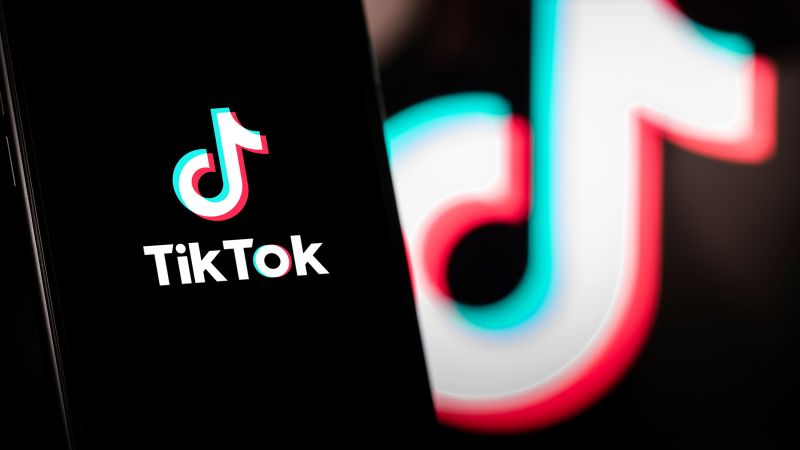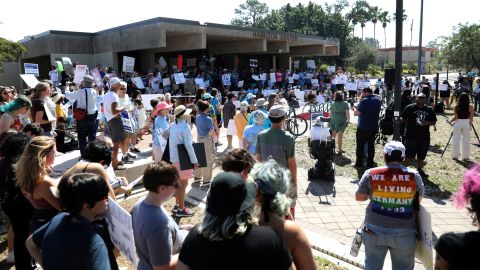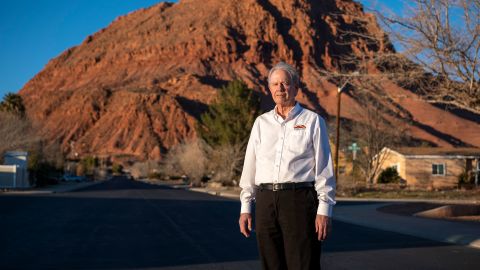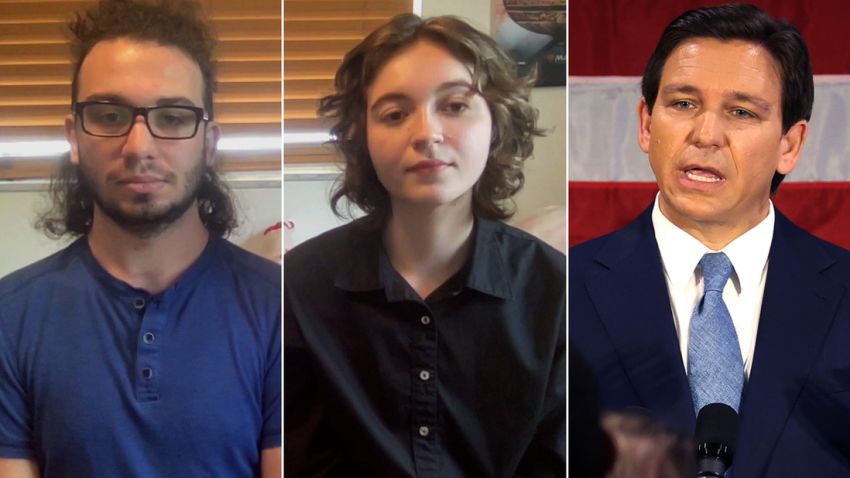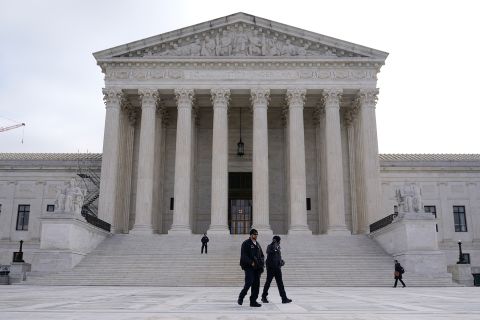Ivins, Utah
CNN
—
In a bright-red county in a state allergic to regulations, there is a ban on growing grass outside new businesses. Only 8% of a home’s landscaping can have a grass lawn in this booming corner of Utah, about a hundred miles northeast of Las Vegas.
And if any developers want to add another country club to this golfing mecca, “I don’t know where they would get the water from,” said Zach Renstrom, general manager of the Washington County Water Conservancy District. “And I’m telling you, I know where every drop of water is.”
Like lots of spots in the West, the combination of more people and less water makes for an uncertain future around St. George, Utah. While this winter’s generous snowpack could buy precious time, the entire Colorado River system remains in danger of crashing if water gets too low at Lakes Powell and Mead.
But that reality hasn’t stopped St. George from booming into the fastest growing metro area in the US two years running, according to the US Census Bureau, and Renstrom says that unless Utah builds a long-promised pipeline to pump water 140 miles from Lake Powell, their growth will turn to pain.
In the meantime, Lake Powell – the country’s second-largest reservoir – has struggled to serve even the places it currently provides water to. Last week it sank to the lowest water level since the reservoir was filled in the 1960s, and since 2000 has lost more than 150 feet.
“If we stop construction water, that act alone would lay off about 20% of our county,” Renstrom said. “We’ve made a commitment that we’re going to make sure to be good stewards of every single drop of water that’s already here and make sure we’re utilizing that. But when we look at our long-term growth and you know how much water we need, (the Lake Powell Pipeline) is still in our long-term plan.”
Washington County said it consumed about 50,000 acre feet of water in 2022, all of it supplied by the Virgin River which flows into the Colorado system and out of taps from Vegas to LA. An acre-foot is the amount of water needed to cover one acre to the depth of one foot – roughly 326,000 gallons.
A plan to pump 80,000 acre feet of water a year from Lake Powell to Sand Hollow Reservoir passed the Utah legislature in 2006 and met immediate opposition from environmental groups worried about fragile desert ecosystems. Fourteen dry years later in 2020, the Trump administration tried to fast-track the project’s environmental review but water managers from the other six Colorado River Basin states banded together to block it.
“The system is crashing and to be honest, it’s kind of incomprehensible to think of a diversion of that size that would serve 200,000 people in one county in southern Utah at this moment in time. There’s just not the water,” Matt Rice, Southwest Region Director of the nonprofit American Rivers told CNN. “We’re worried about every molecule of water that that we can deliver to Lake Powell and Lake Mead to protect critical hydroelectric infrastructure.”
While in legal limbo, the controversy brought fresh headlines in January when the mayor of the small Washington County town of Ivins called it “the Lake Powell pipe dream” during a public meeting.
“Shame on me,” Ivins Mayor Chris Hart laughed about his words as he welcomed CNN to Ivins, proudly pointing out the irrigation-free desert xeriscape around the new city hall.
“The motivation for that comment is that this project has faced a lot of obstacles and continues to with the shortage impacting all of the basin states,” Hart explained. “There are groups who believe that we can that we can work our way out of it through conservation and other ways. The studies show us that eventually the Lake Powell pipeline will be necessary for us to continue to develop in the county. So, I actually used that word tongue-in-cheek, because the serious side of it is that it is an essential part of our plan.”
Hart also said it’s Utah’s turn to grow, after the growth in California, Arizona and Nevada. “They’ve had their enormous growth spurts through the years and the water has been made available for them to do that. And now here we are,” he said. “I think our perspective, from the state of Utah, is we’re entitled to that, to our share, whatever that is,” he said.
Hart and Renstrom are evangelists for water conservation in a county allergic to rules and regulations and where 74% voted for Donald Trump in 2020. “We’re a red state and in Utah, this is a red county. And so we like our independence, we like our freedoms,” Renstrom said. “If I step in and say, ‘I just want more government regulations,’ it’s immediately dead.”
But Renstrom has managed to help pass some of the strictest water laws in the West. “It is causing a lot of friction,” he said, “Because we’re asking people that have had a certain type of lifestyle or a certain way of living and asking them to radically change that, to make sure that we have additional water for our economy. And it’s hard.”
Rice at American Rivers says a shift in mindset — especially among Eastern transplants ignorant to living with drought — is vital to future desert survival. Instead of focusing on the pipeline, he hopes desert leaders like Mayor Hart will tap into the unprecedented federal funding for water reclamation projects in both the Bipartisan Infrastructure Law and the Inflation Reduction Act.
“There’s about $12 billion that could be deployed in the Colorado River Basin not only for municipal needs but agricultural needs and watershed restoration,” he said.
Hart acknowledged that item is on the wish list.
“One thing that we haven’t done a lot of here that Vegas have become masters at is to recapture the water that flows through our buildings and run it through a treatment plant and then recycle it,” Hart said. “So the few drops of rain that we get, if we can use them four or five times, that’s a whole different thing than the drop of rain comes, you use it and off it goes down the river and it’s gone.”




